Book your Valley of Flowers Trek package!!
5 NIGHTS/6DAYS
4329 Meters
Easy to Moderate
37 KM
June - Sep
20
The Valley of Flowers Trek is an incredible mix of nature, peacefully nestled in Uttarakhand’s West Himalayan area, and blessed with the unique and impressive Himalayan flora.
The Valley of Flowers Trek is a 17-kilometer round-trip trek that starts at Govindghat (1,830 m) and climbs through lush pine and birch forests, glacial streams, and waterfalls alongside the Pushpawati River before reaching a vibrantly colored high-altitude meadow at 3,658 m. The monsoon’s generosity has encouraged more than 500 species of alpine blooms—blue poppies, crimson primulas, golden potentillas, purple orchids, and hundreds of other wildflowers—to fully bloom against the backdrop of snow-clad Himalayan giants like Nilkantha and Kamet.
Until 1931, the presence of this awe-inspiring valley was unknown to the world. Three British mountaineers Frank S. Smythe, Eric Shipton, and R.L. Holdsworth while returning from an outstanding expedition of Mt. Kamet stumbled upon this fascinating valley full with blooming flowers. Captivated by the astonishing beauty of this place, they named it as the ‘Valley of Flowers’. Later on, Frank S. Smythe also wrote a book about this valley of flowers with the same title.
Many trekkers choose to extend their valley of flowers trek itinerary by adding a 6 km one-way side trip from Ghangaria (3,050 m) to Hemkund Sahib, a serene glacial lake and Sikh gurudwara situated at 4,329 m and encircled by seven towering peaks, transforming the botanical spectacle into a deeply spiritual pilgrimage that broadens the trek’s appeal to those seeking both natural wonders and sacred heritage.

Govindghat

Rishikesh/Haridwar

Dehradun

Jolly Grant Airport, Dehradun

Monsoon-20° Max/ 5° Min

Sketchy Networks are available during the trek

Electricity is available during the whole trek Note: Most of the electricity is extremely intermittent and can be absent for most part of the day during winter/late summer (when monsoon starts to set in)

Joshimath, on the way to Govindghat has last ATM Note: Most of time ATM in hilly regions are not functioning. So withdraw cash before you start your journey to Rishikesh/Haridwar
Day 1: Rishikesh to Govindghat
Govindghat is the base for the trek of Valley Of Flowers and Hemkund Sahib. Dehradun and Rishikesh is well connected with Delhi and rest of India via flights, trains, buses, and taxis. The journey from Rishikesh to this beautiful valley of flowers starts with great eagerness and zeal. It will be a 9-10 hours journey by road via Rishikesh and Devprayag –where the river Bhagirathi and Alaknanda confluence to form the mighty River Ganga, to Govindghat through Joshimath/Auli. The adventurous road journey takes you through some of the most beautiful Himalayan regions along the headstreams that form the Ganges River. Throughout your drive, you will get enthralled and fascinated at the same time. By evening you will arrive at Govindghat. After this long yet satisfying journey of 290 km, take overnight stay in Govindghat with hot and delicious dinner along with the trek briefing for the next day.
Day 2: Govindghat to Poolna to Ghangaria
This day marks one of the most exciting phases of the trek as we begin our journey towards the mystical Valley. After an early breakfast at Joshimath, we drive to Govindghat using company transport, followed by a local shared taxi ride to reach Poolna – the starting point of our trek.
From Poolna, the trek to Ghangaria begins, covering a distance of approximately 9 km alongside the thundering Alaknanda River. The trail starts by crossing a suspension bridge and gradually ascends through a scenic zigzag path carved into the hillside. Throughout the trail, you’ll come across several charming tea stalls set up by villagers, offering a perfect break to enjoy steaming Maggi, tea, or coffee while soaking in the mountain air.
After about 3 km, we pass through the quaint Phulna village, nestled at an elevation of 2,104 meters. From here, the trail becomes steeper, leading us another 5 km to Bhyundar village (2,592 meters), where we are rewarded with the first stunning glimpses of snow-clad Himalayan peaks. A little ahead, we cross a roaring mountain stream over a rustic wooden bridge. The final stretch of around 3 km is a bit more challenging, with a steeper and uneven ascent—take your time, hydrate, and enjoy the views before reaching your destination.
By late afternoon, we arrive at Ghangaria, also known as Gobind Dham, a tiny hamlet that serves as the base camp for both Valley of Flowers and Hemkund Sahib. Since overnight camping inside the Valley is not allowed, trekkers and pilgrims rest here for the night. Ghangaria is a melting pot of nature lovers and spiritual seekers alike, and if you’re planning to visit either the Valley of Flowers or Hemkund Sahib, it’s highly recommended to explore both—each offering an unforgettable experience.
o.
Day 3: Ghangaria to Valley of Flowers and back to Ghangaria
The village of Ghangaria is located on the confluence of rivers Pushpawati and Bhyundar Ganga and forms the river Lakshman Ganga, which flows down to Govindghat to merge with river Alaknanda. The distance of Valley of flowers national park from Ghangaria village is 6 km, it takes around 3 hours to trek. This stretch of the trek is the most amazing part of the whole journey with rapidly flowing Chandravati River remains on your right for the most of the time, and accompanying her are numerous waterfalls, most of them are so immense that they visible from a distance. Some of the waterfalls will moreover come trek path as river crossings. The trek difficulty level at this point will be medium with eye-soothing views. After starting from Ghangaria, it takes about two to three hours to reach the highest point of a valley of flowers. There are endless meadows with exquisite varieties of wildflowers flowers, the network of water streams and big mountains surrounding them all.
Once you have reached the valley, you can easily walk around, exploring different vantage points and corners of this magical fairyland, seeing the flowers and the admiring the vastlandscape of this magnificent valley. Some of the major species of Himalayan wildflowers found in Valley of Flowers are the mythical Brahma Kamal, Anemone, Geranium, Marsh Marigold, Primula, Lilium, Blue Poppy, Ranunculus, Inula, Corydalis, Pedicularis, Arisaema, Ligularia, Morina, Impatiens, Saxifrages Bistorta, and many others. The trek from Ghangaria to Valley of Flowers and back to Ghangaria can be done in around 8 to 10 hours depending upon your pace and halts you take at various stops.
Many myths and folklores have been sprung around the Valley of Flowers like the people visiting this valley falling losing consciousness from the strong incense of flowers. Whatever the stories are, they do have a little bit of truth in them, but in a positive way! It is unimaginable to find such a breath-taking valley so full of flowers. Flowers bloom everywhere in the valley like a riot of colours – white, yellow, red, blue, pink and many other colours. All these flowers cover the valley like a blanket in such a way that times, you can’t see the ground at all.
Day 4: Ghangaria to Hemkund Sahib and back to Ghangaria
Hemkund Sahib is known to be the highest gurudwara in India. Pilgrims/trekkers generally start their trek to Hemkund Sahib before sunrise. The path leading to Hemkund Sahib is paved with stones and is slightly arduous to walk on. If you look up the mountain a saffron colour flag atop the ridge above grabs your attention. The flag marks the location of Hemkund Sahib Gurdwara. The Hemkund Lake is a glacial lake nestled in the heart of huge mountains and during summer it is fed by the water from nearby springs and waterfalls. Sitting on the banks of this divine surreal lake surrounded by seven mountain peaks, is an experience to cherish, a treat to the eyes and pacifying the soul. The Hemkund Sahib gurudwara runs langar where people usually have their lunch before heading back to Ghangaria. Similar to the Valley of Flowers, visitors are not allowed to stay at Hemkund sahib.
Day 5: Ghangaria to Govindghat
After breakfast, we trek down to GovindGhat. This marks the end of the trek and arrive at base camp in the evening. Here, you can spend the evening recounting and sharing the experiences of the trek and the time spent in the mountains; by making new friends with achance to meet again and trek together to create moments, memories and stories of a lifetime. Once you start trekking down to Govindghat, you can easily find yourself entrapped in the picturesque beauty of the surroundings and desire to stay back in these beautiful Himalayan valleys.
Day 6: Govindghat to Rishikesh
This is the last day of the trip. After an early breakfast and departure, you can have lunch on the way to Dehradun. By evening, you will reach the destination. This is where the trip concludes with new friends and great memories. The trek is physically tiring but mentally you will be at peace with yourself. The overall experience, the vast Himalayan landscapes, and the trek are very exciting for everyone. Surely, this trek will be remarkable and enjoyable for you. Come, join us on a trip that is adventurous and tranquil. Away from the daily routine of urban life, this trek offers serenity and peace on the mind in the lap of Mother Nature.
Basics Gears
Clothes
Accessories
Others
Mandatory Documents
Cancellation Policy
Refund Policy
The following refund shall be payable to the user in case of valid cancellation as per the guidelines
Note: The above-mentioned refunds are subjected to deductions for any expenses that may have been incurred for hotel booking or transport etc. Refunds are applicable on the total cost and not on the advance amount.Also take care of LEAVE NO TRACE policy.
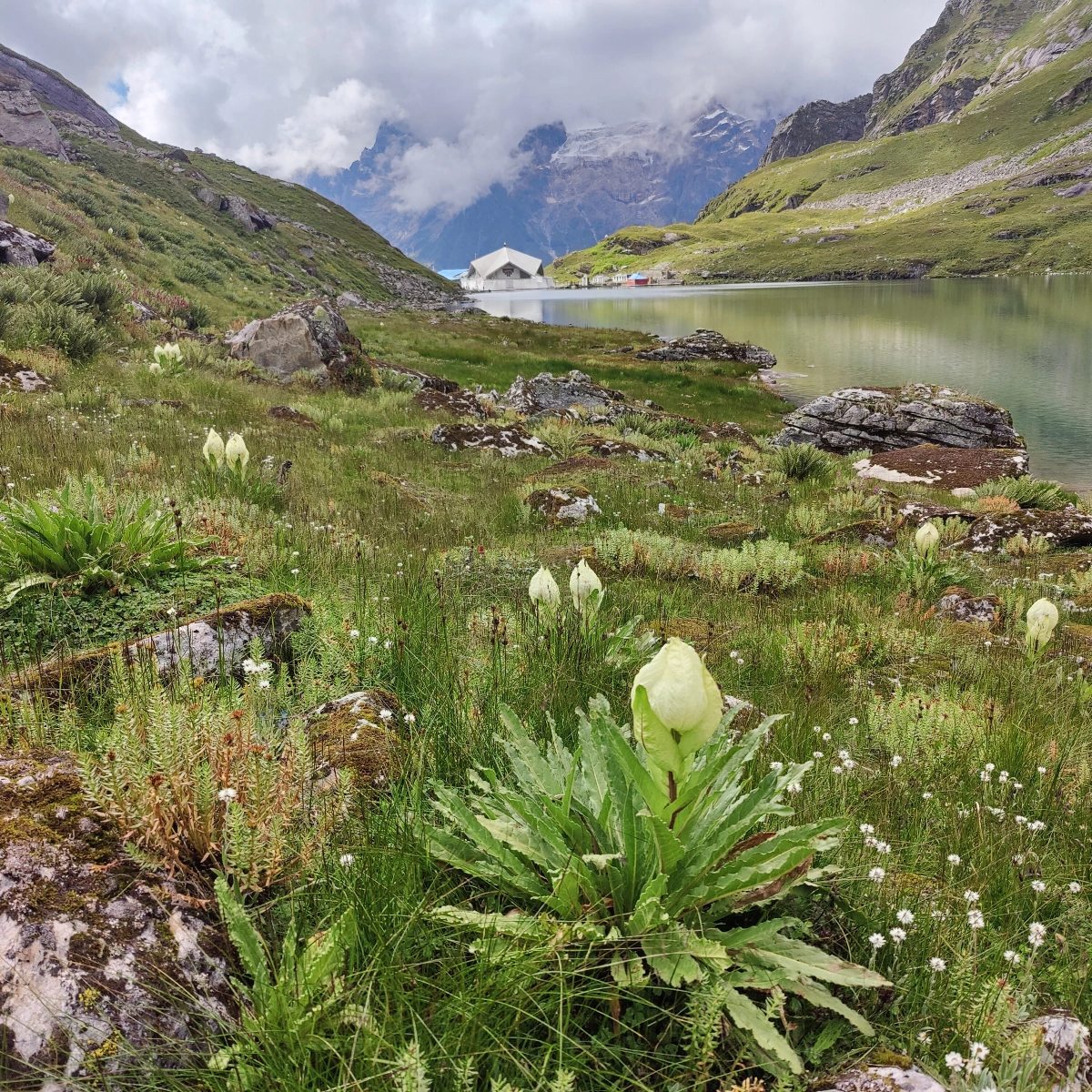
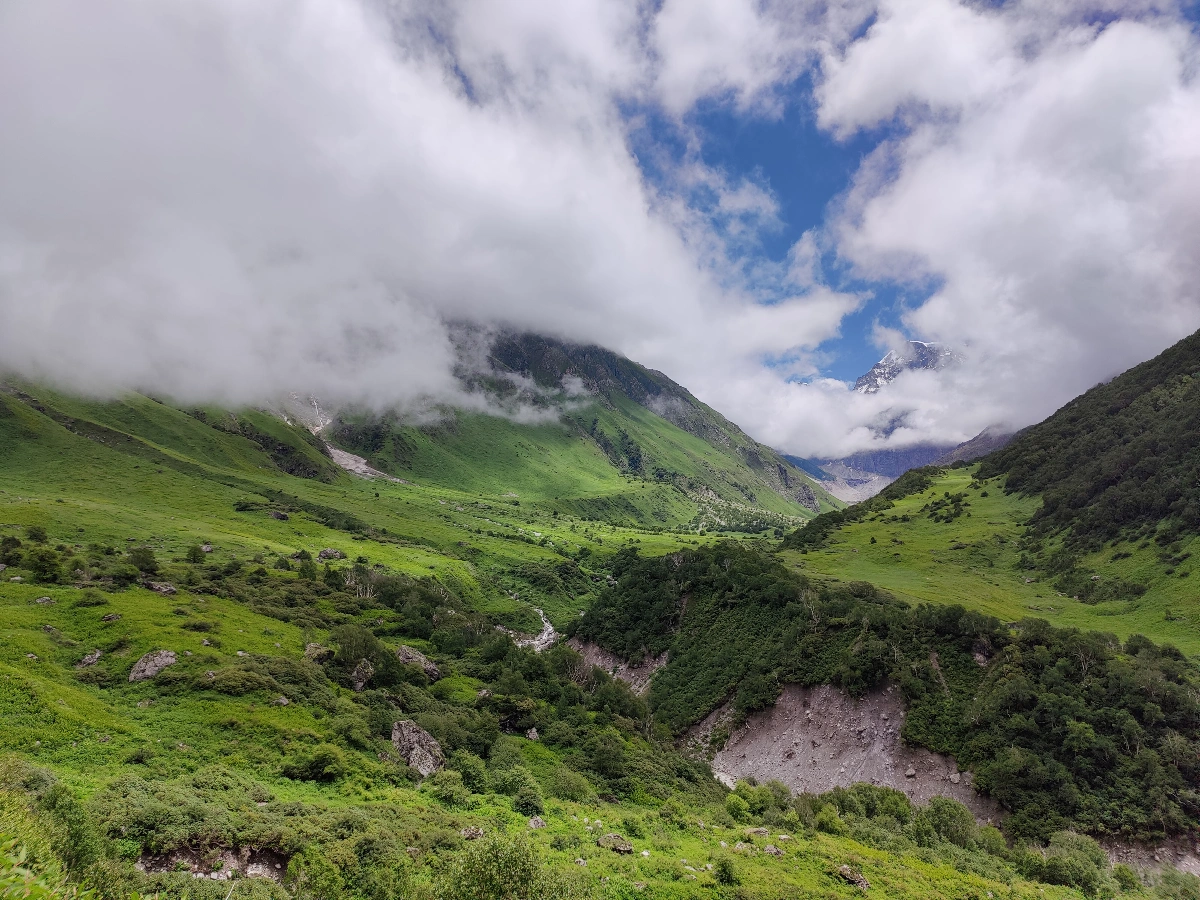
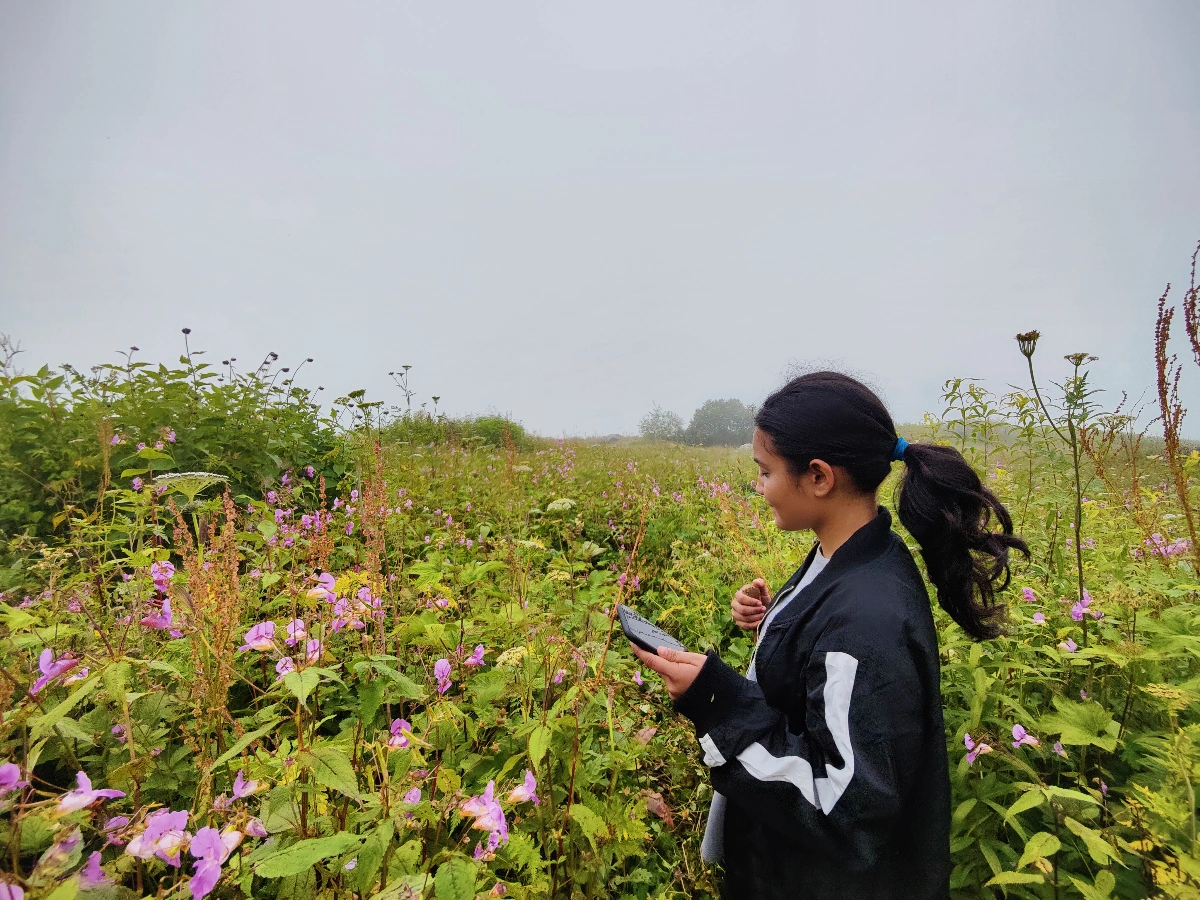
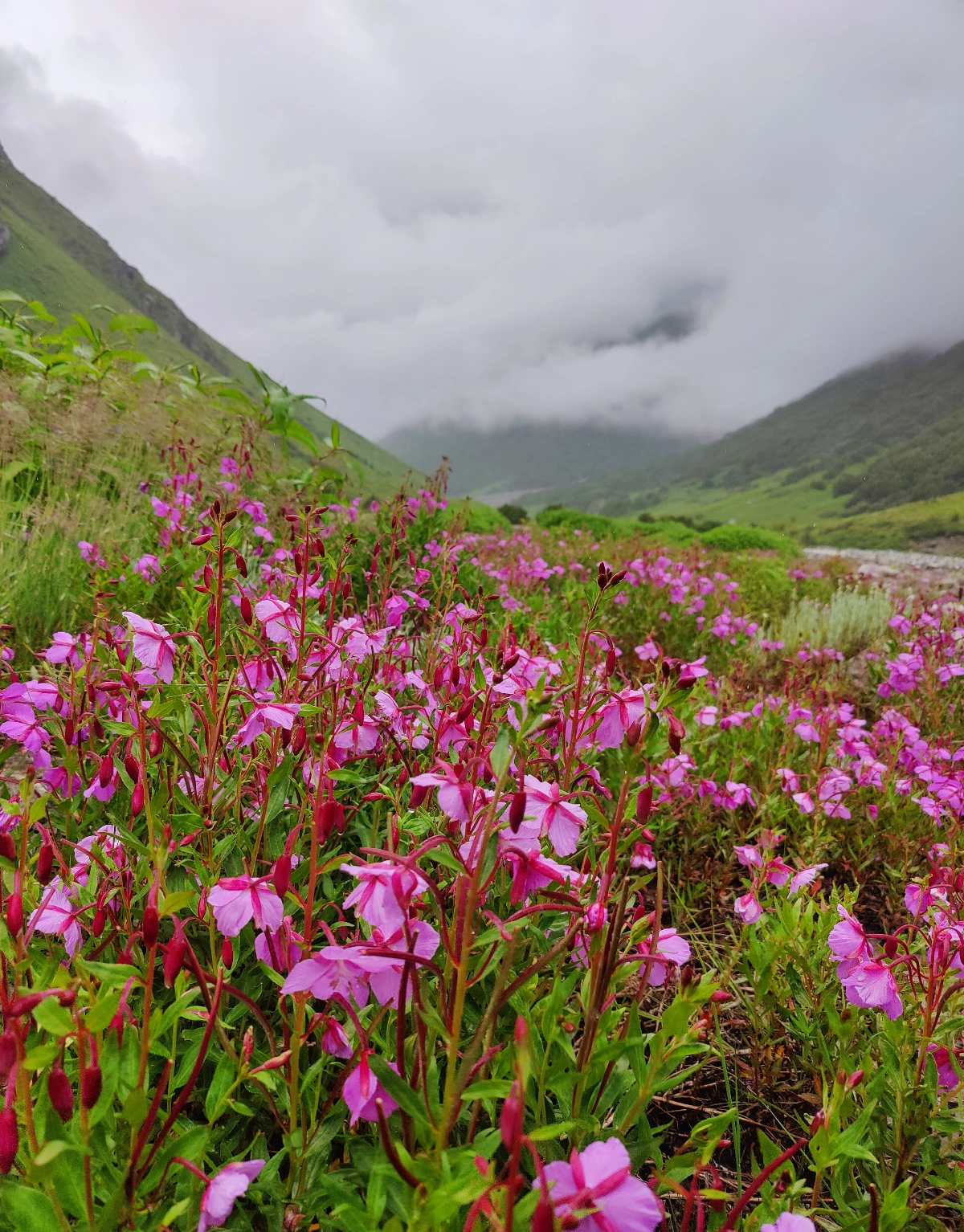
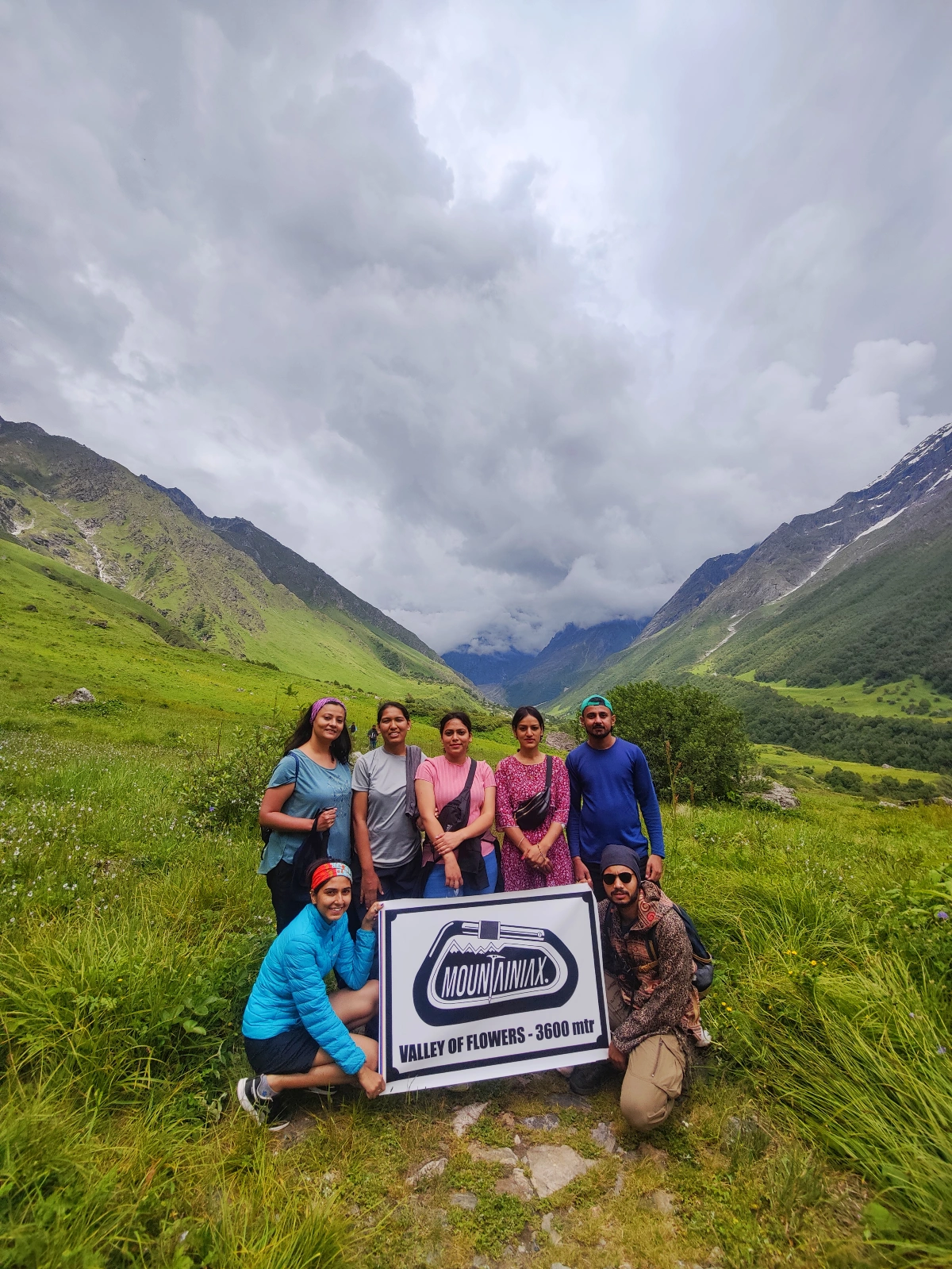
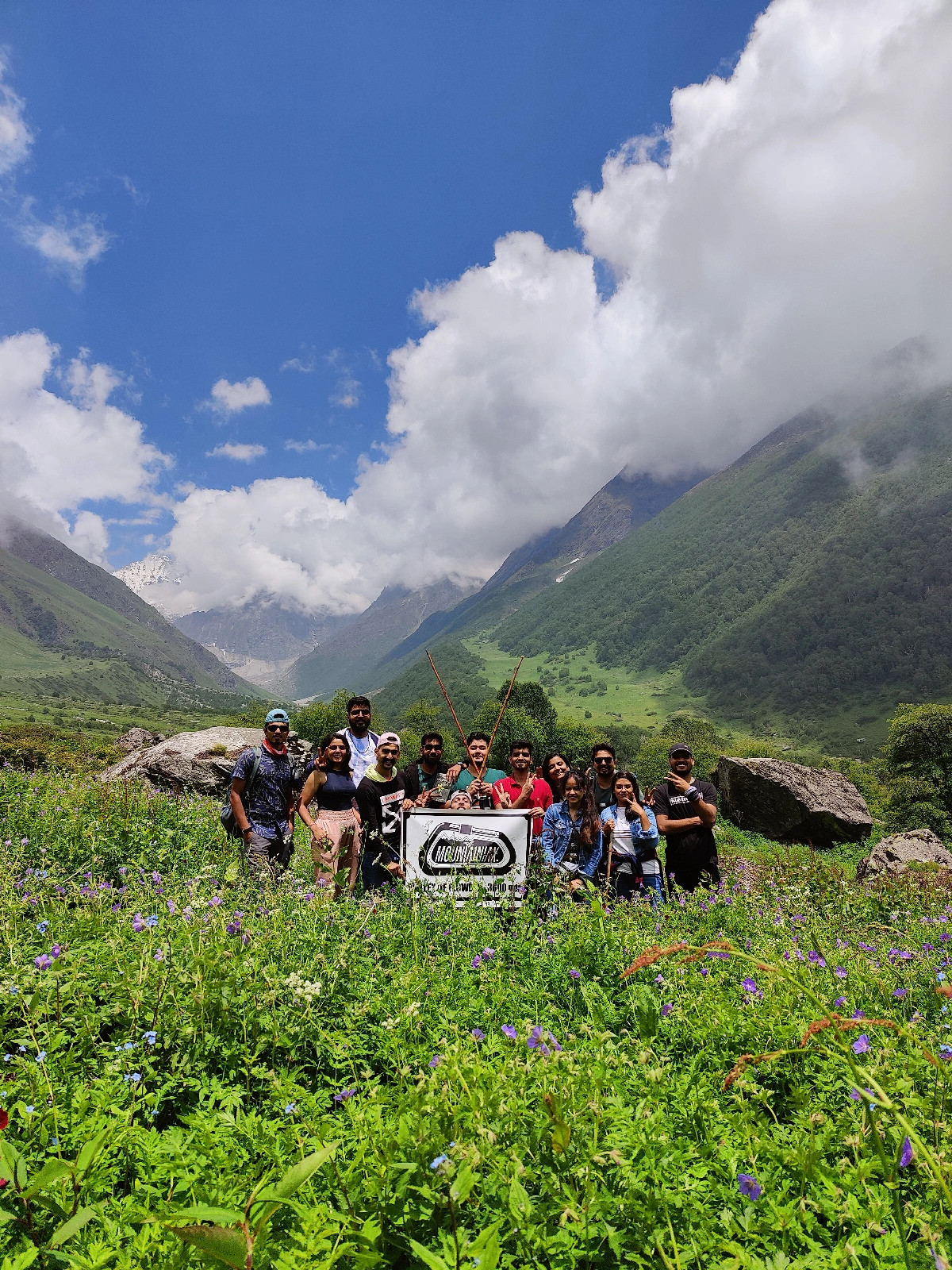
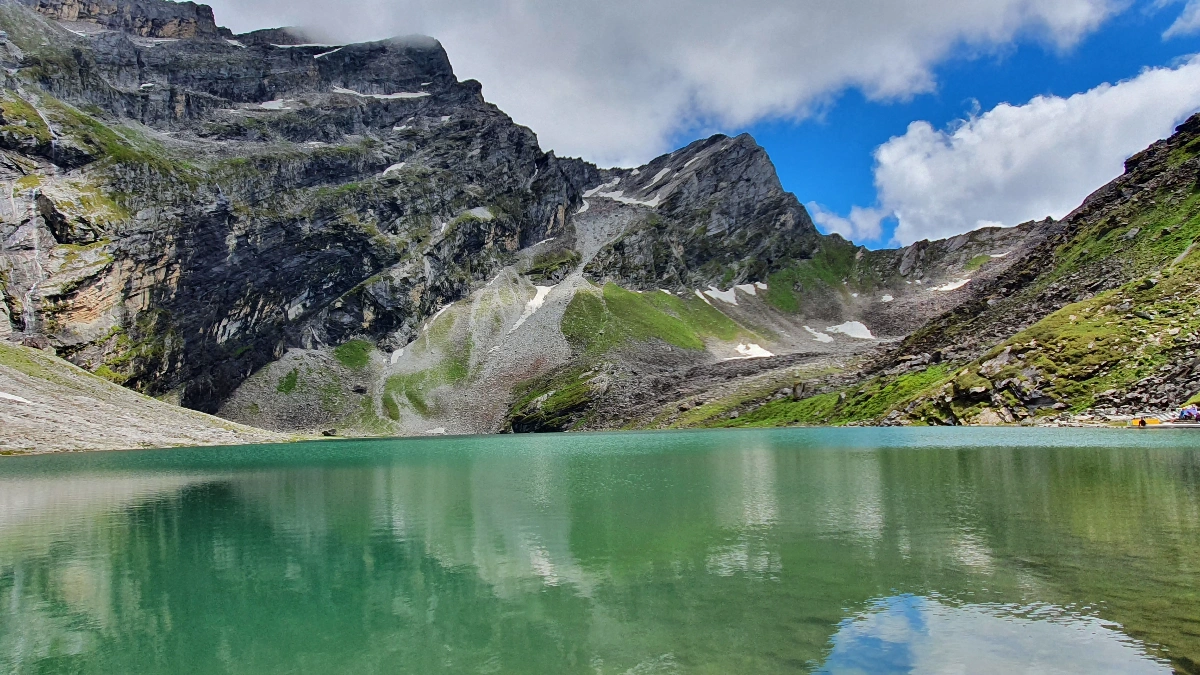
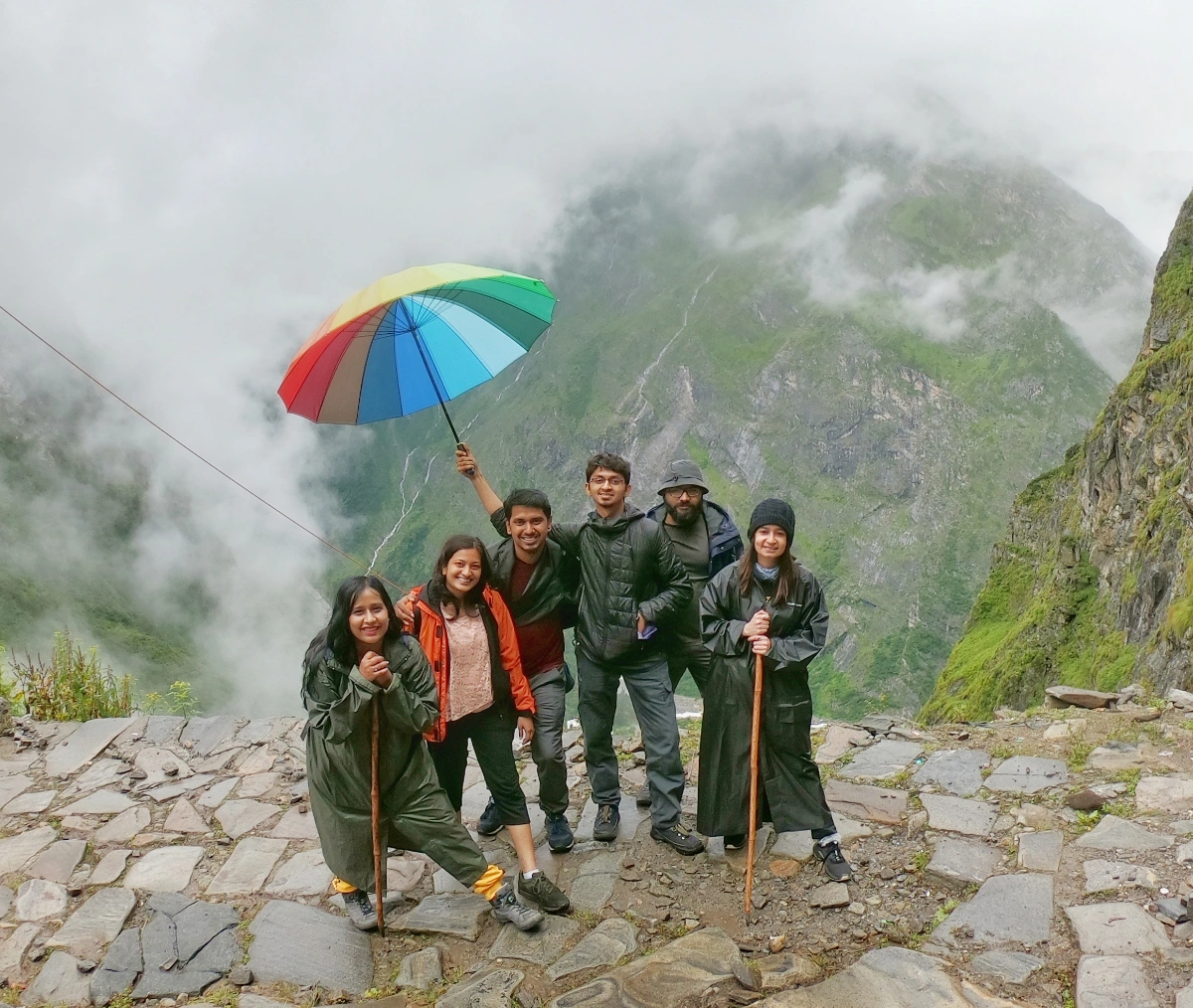
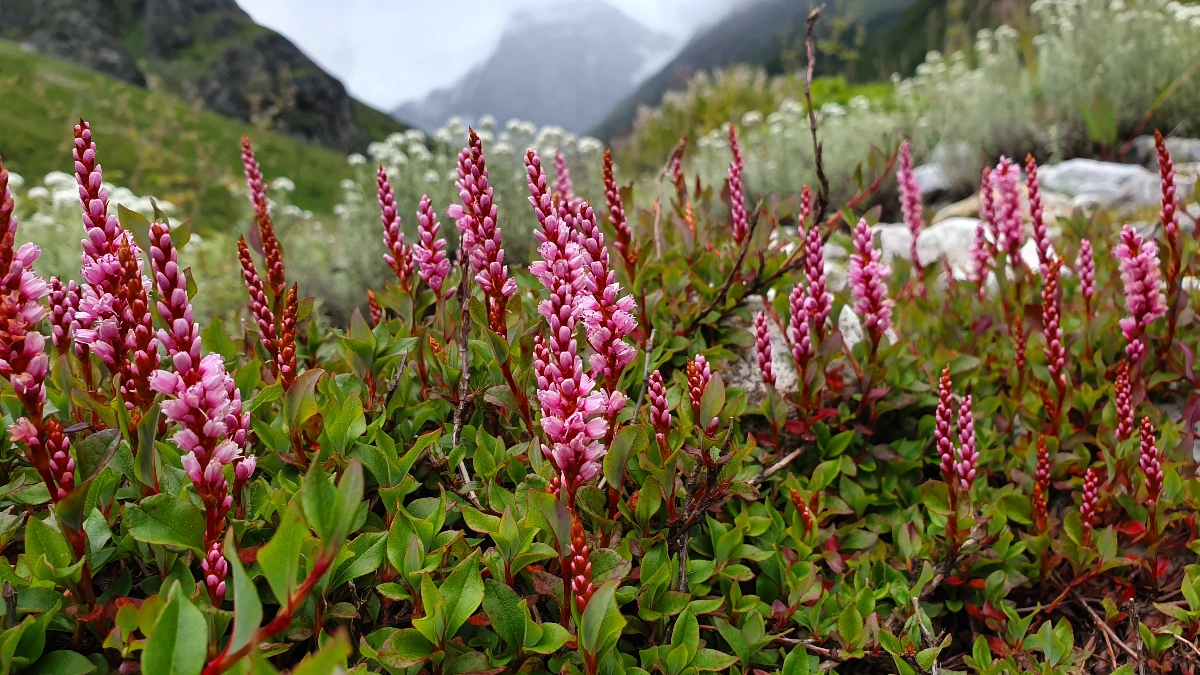
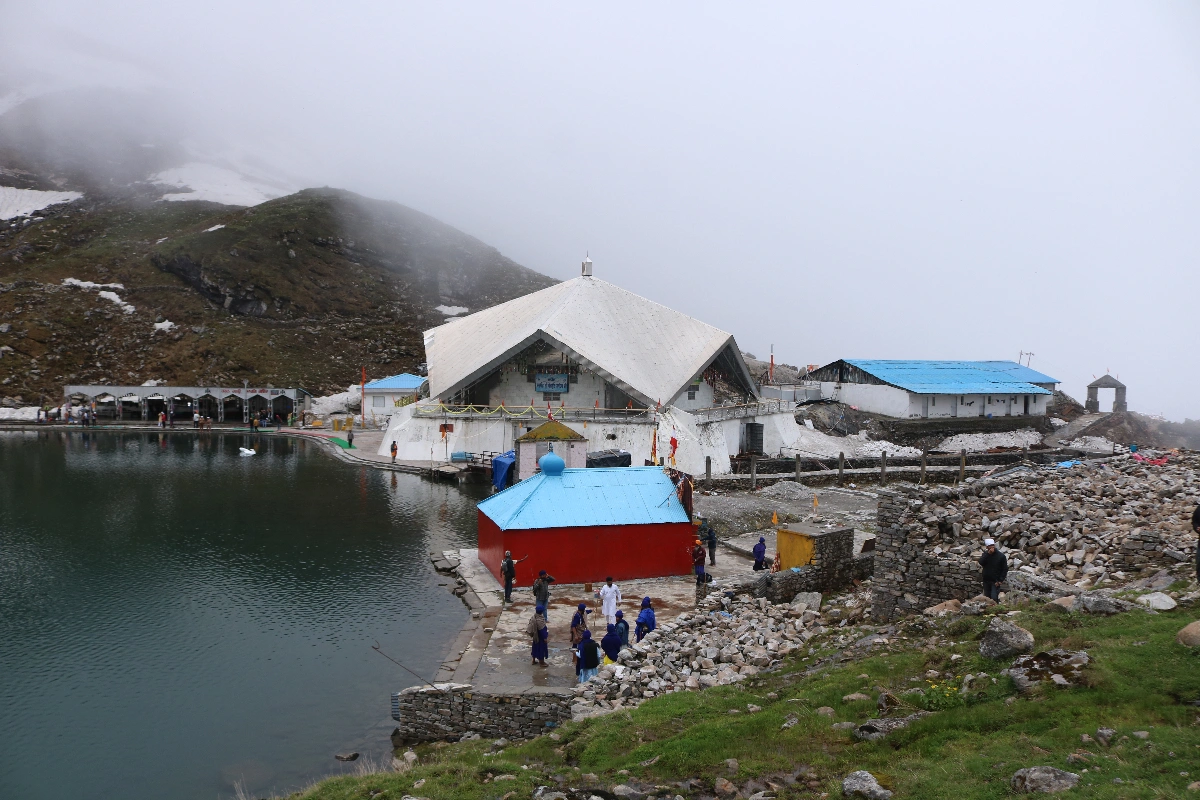
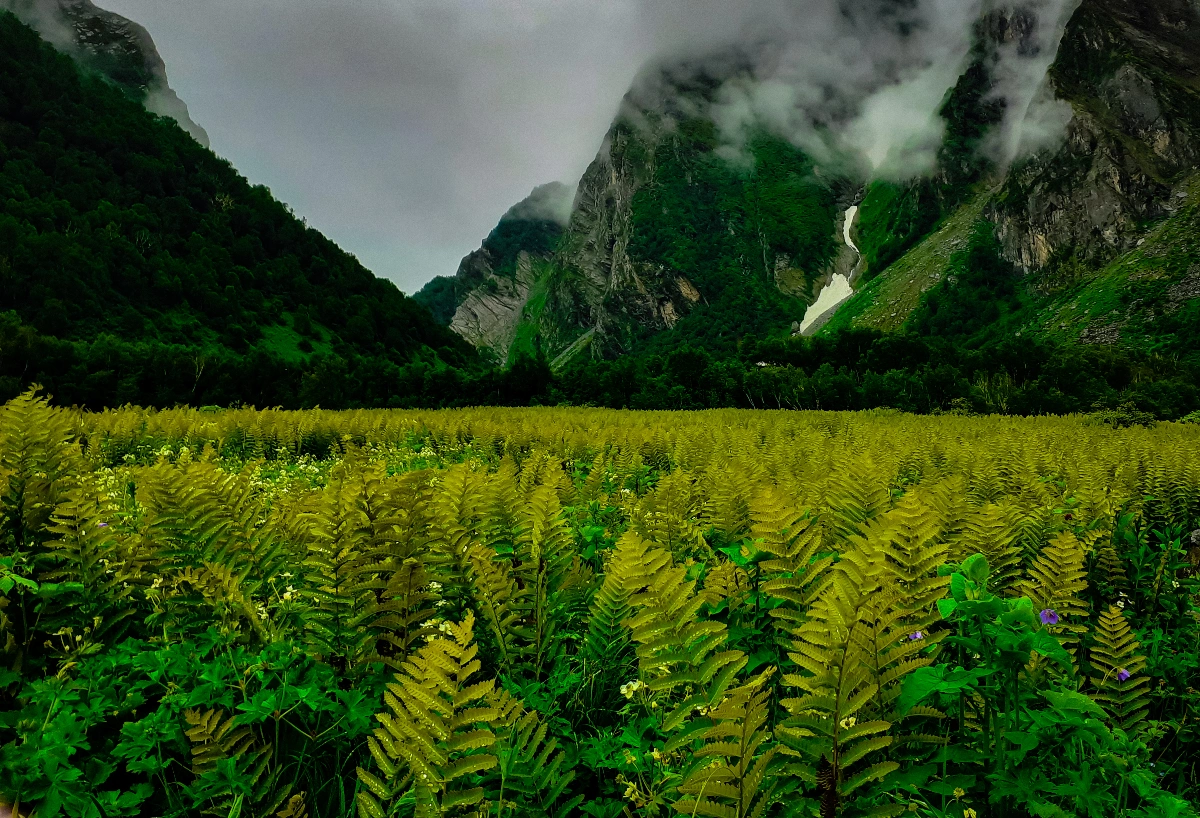
Why is the Valley of Flowers trek so popular?
The Valley of Flowers is a UNESCO World Heritage Site, renowned for its stunning meadows bursting with over 500 species of wildflowers. It is also a significant part of the Nanda Devi Biosphere Reserve, making it a paradise for nature lovers and botanists.
How difficult is the Valley of Flowers trek?
The trek is classified as moderate due to its long trekking distances and gradual ascents. While the trails are well-defined, the continuous walking (10–12 km per day) requires endurance and stamina.
What is the best time to visit the Valley of Flowers?
The best time to visit the Valley of Flowers is from July to September, the peak season when the valley is in full bloom.
Can beginners attempt the Valley of Flowers trek?
Yes, beginners with a decent level of fitness can complete the trek. However, it involves long walks each day, so preparing with regular cardio and endurance exercises is recommended.
Is it safe for solo female travelers or all-girls groups?
Absolutely. Our Mountainiax all-girls batches are led by certified professionals with a focus on safety, comfort, and support throughout the journey.
What kind of accommodation is provided?
Accommodation is in clean guesthouses or homestays at each stop. All places are handpicked for safety, hygiene, and comfort.
How is the weather during the trek?
Expect cool and rainy weather during the trek. Daytime temperatures range from 12°C to 20°C, and it can drop to 5°C at night, especially at Hemkund Sahib. Carry rain gear, warm layers, and waterproof shoes.
Do I need prior trekking experience?
No prior trekking experience is needed. If you’re in basic physical shape (can walk 6–8 km comfortably), you can do this trek. Daily walking for a few weeks before the trek is a great way to prepare.
Is mobile network available on the trail?
Network is limited. Jio and BSNL work best in Govindghat and Ghangaria, but there is no signal in the Valley itself. We recommend informing your family before the trek and enjoying a digital detox!
What if I feel unwell or tired during the trek?
Your trek leader is trained in first aid and altitude response. If needed, mule or porter assistance and emergency evacuation can be arranged on the spot (at additional cost). Your safety is our top priority.
Do I need permits to enter the Valley?
Yes, an entry permit is required to enter the Valley of Flowers National Park. Don’t worry — we take care of all permits and registrations as part of your package.


Our goal is to encourage sustainable tourism in offbeat destinations of the Himalayas. We want more people to get out of the main trekking hubs & experience themselves and the planet on a new more meaningful level.
All Content & Photos Copyrighted by Mountainiax © 2025